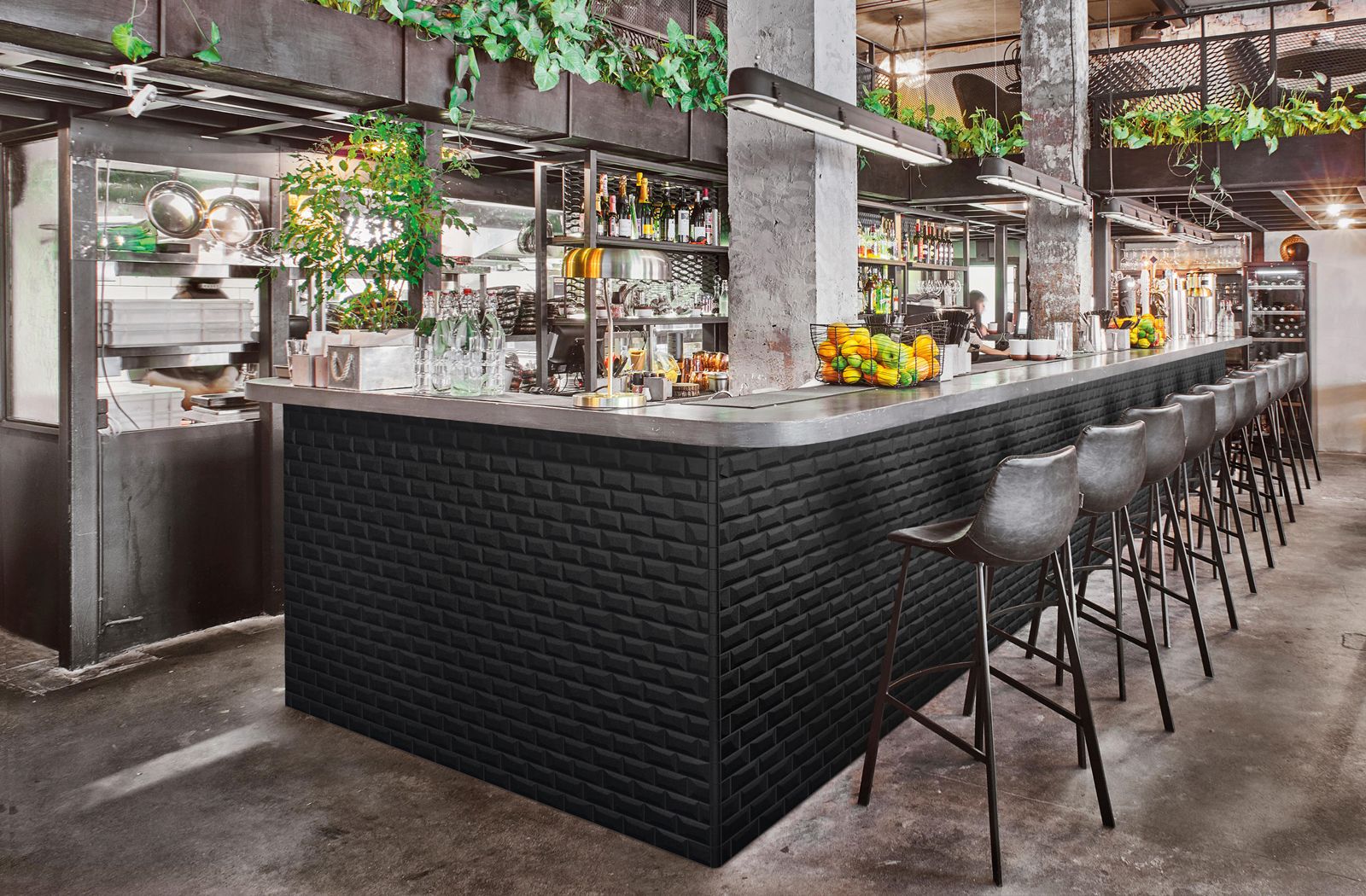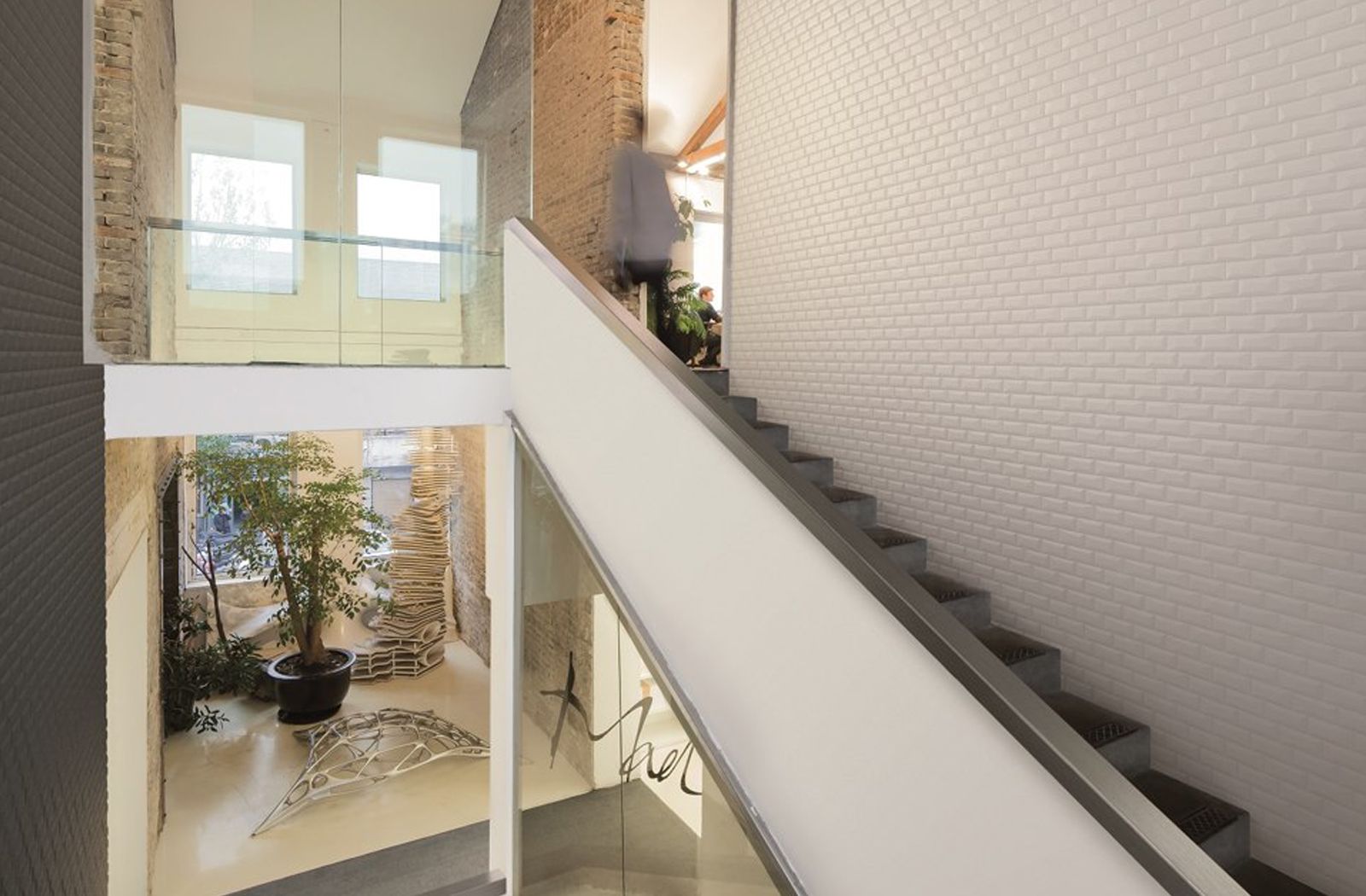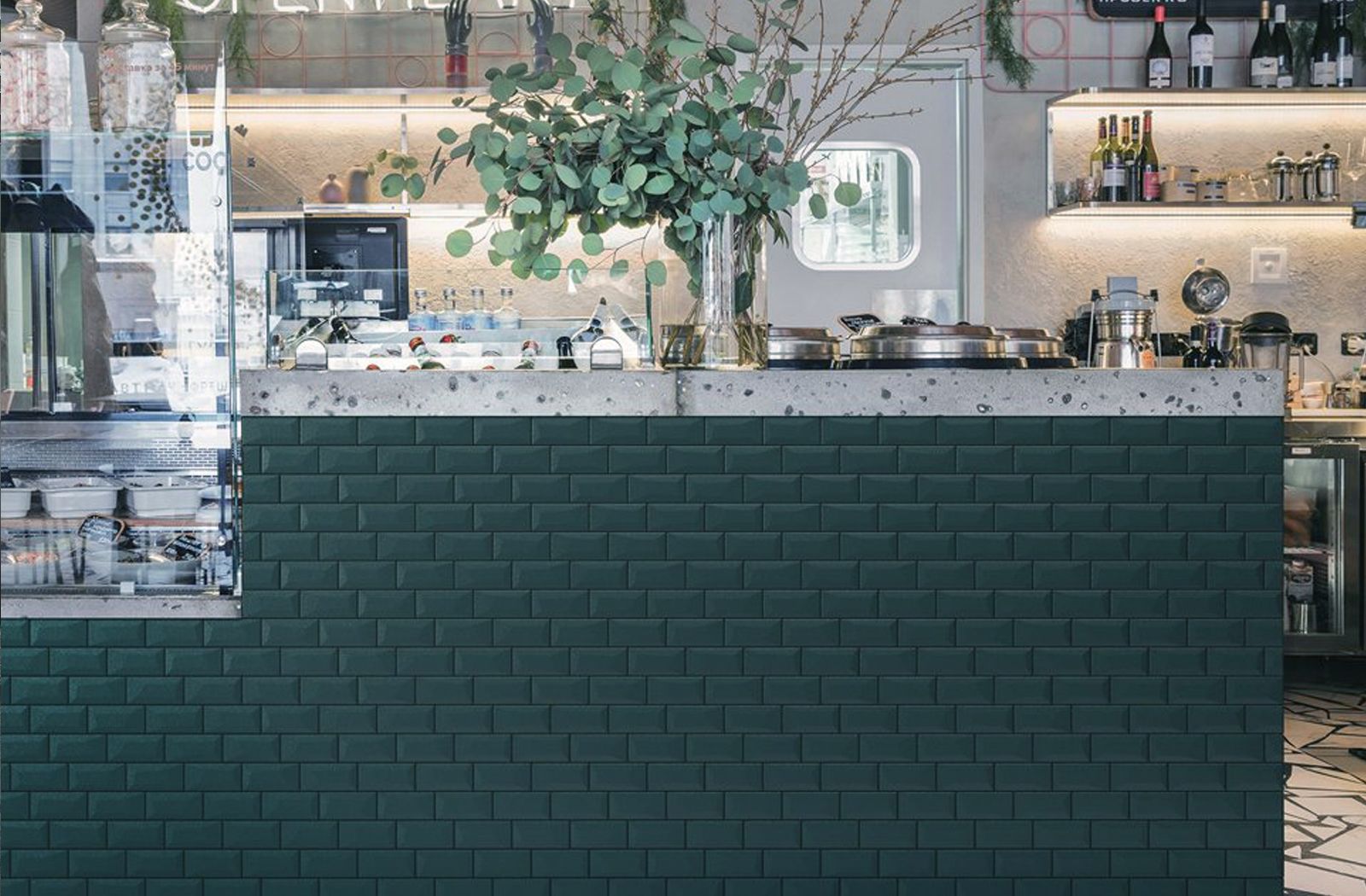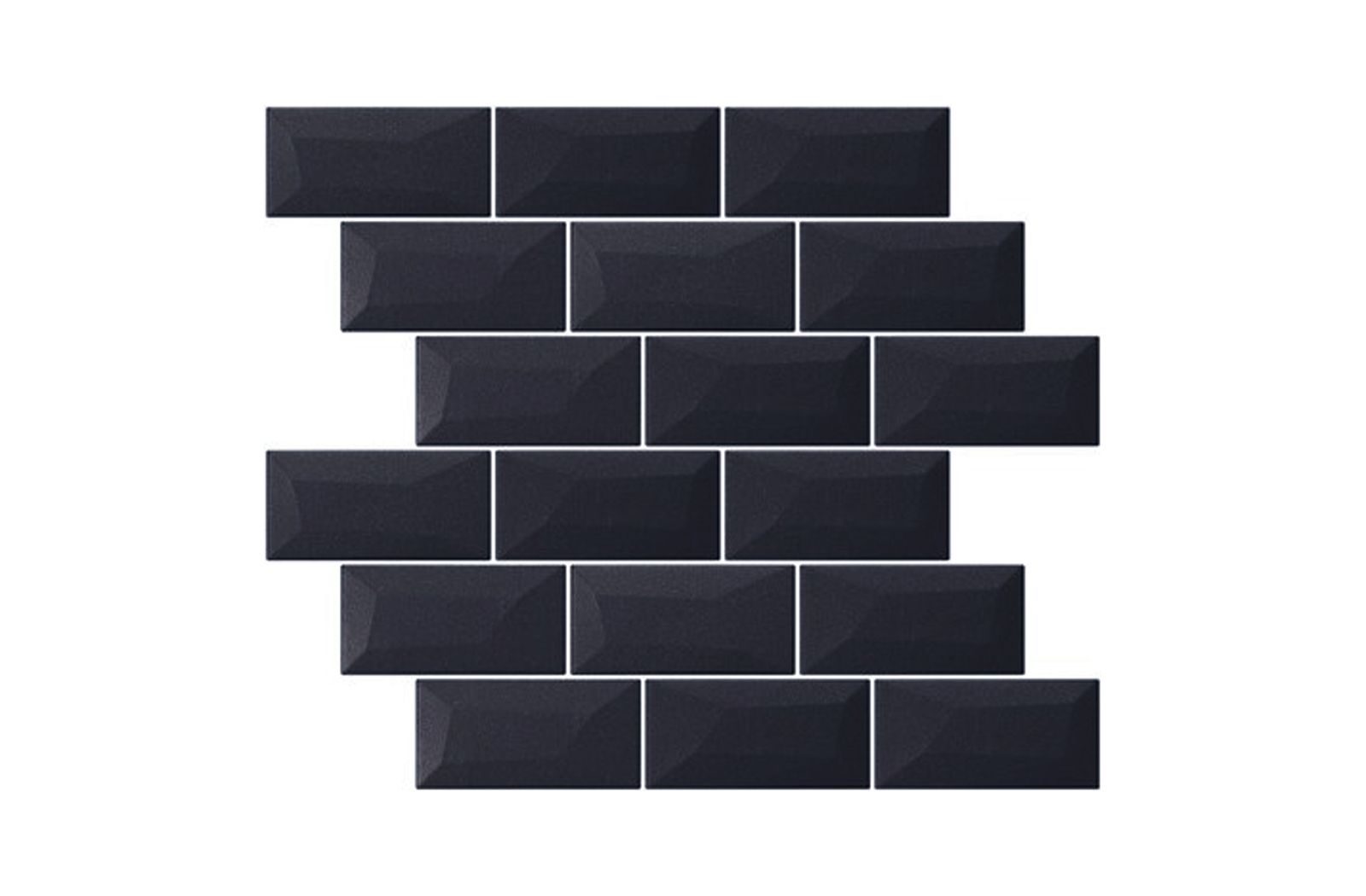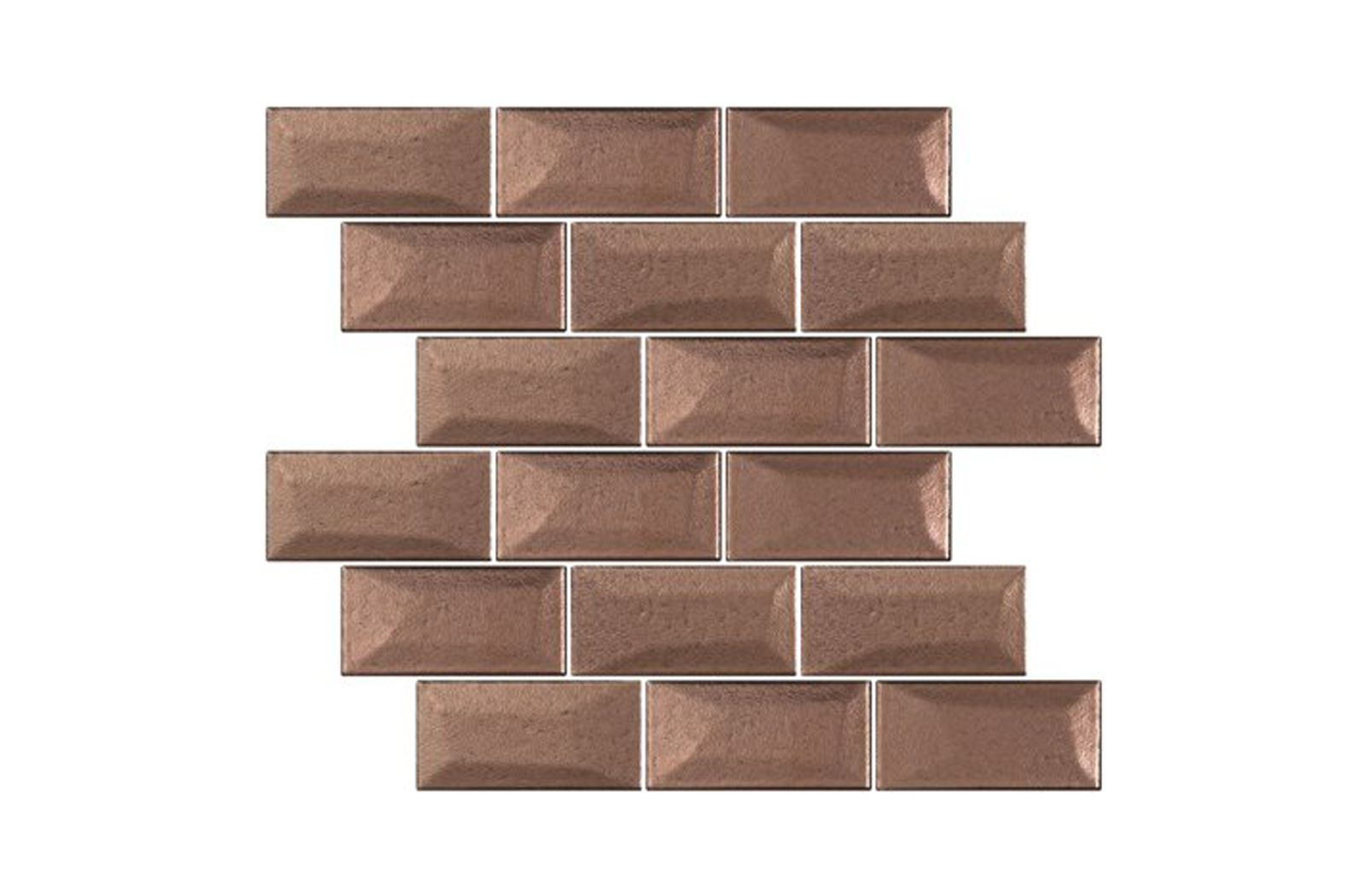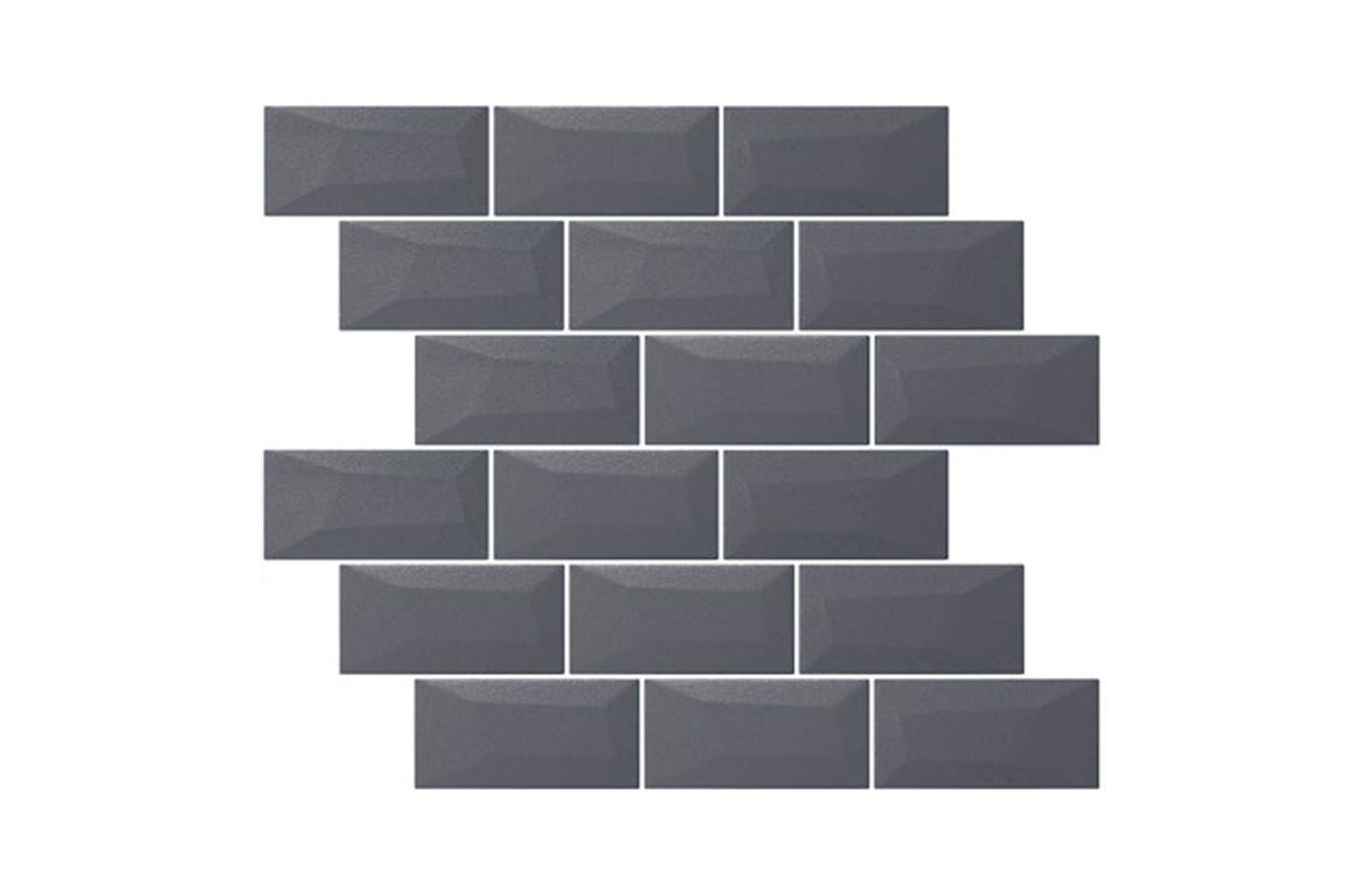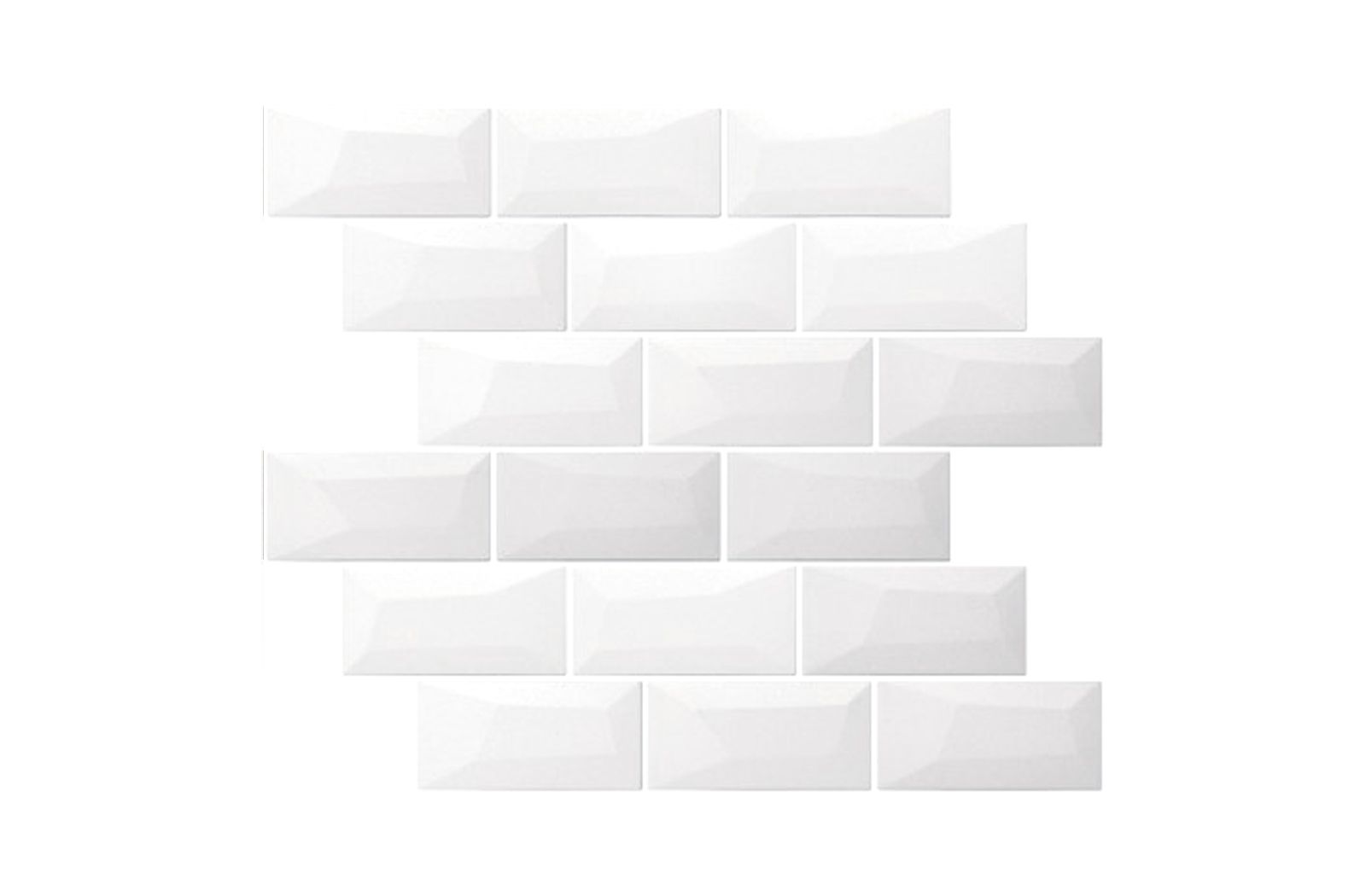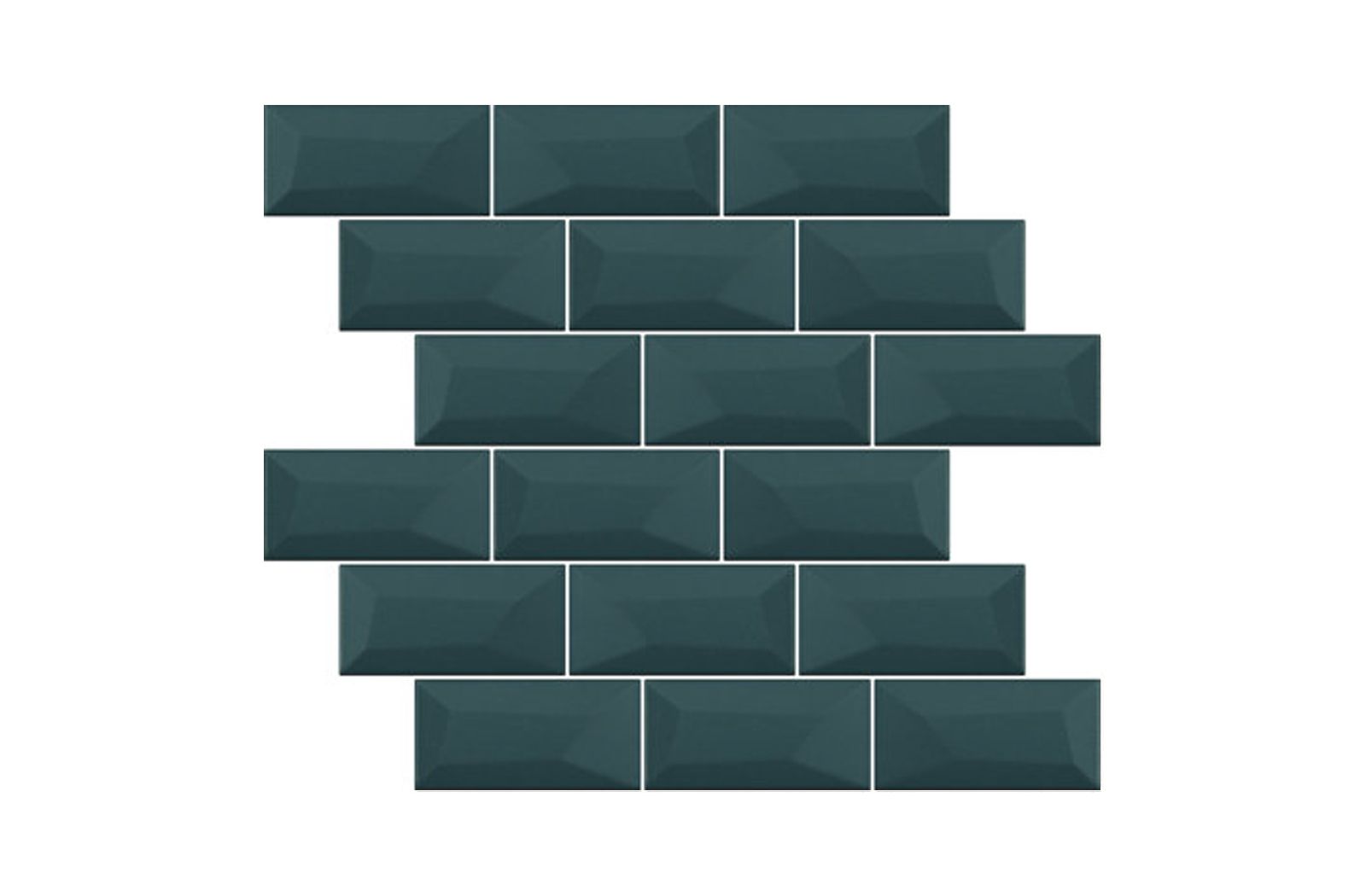Silver Grain & Ceppo Di Gre
Italgraniti’s large tile slabs extend the possibilities of expression, pre-empting contemporary architectural trends. Silver Grain and Ceppo di Gré tile collection are unique, perfect and inimitable materials, designed for unison in combinations of unprecedented beauty, ensuring impeccable material design.
